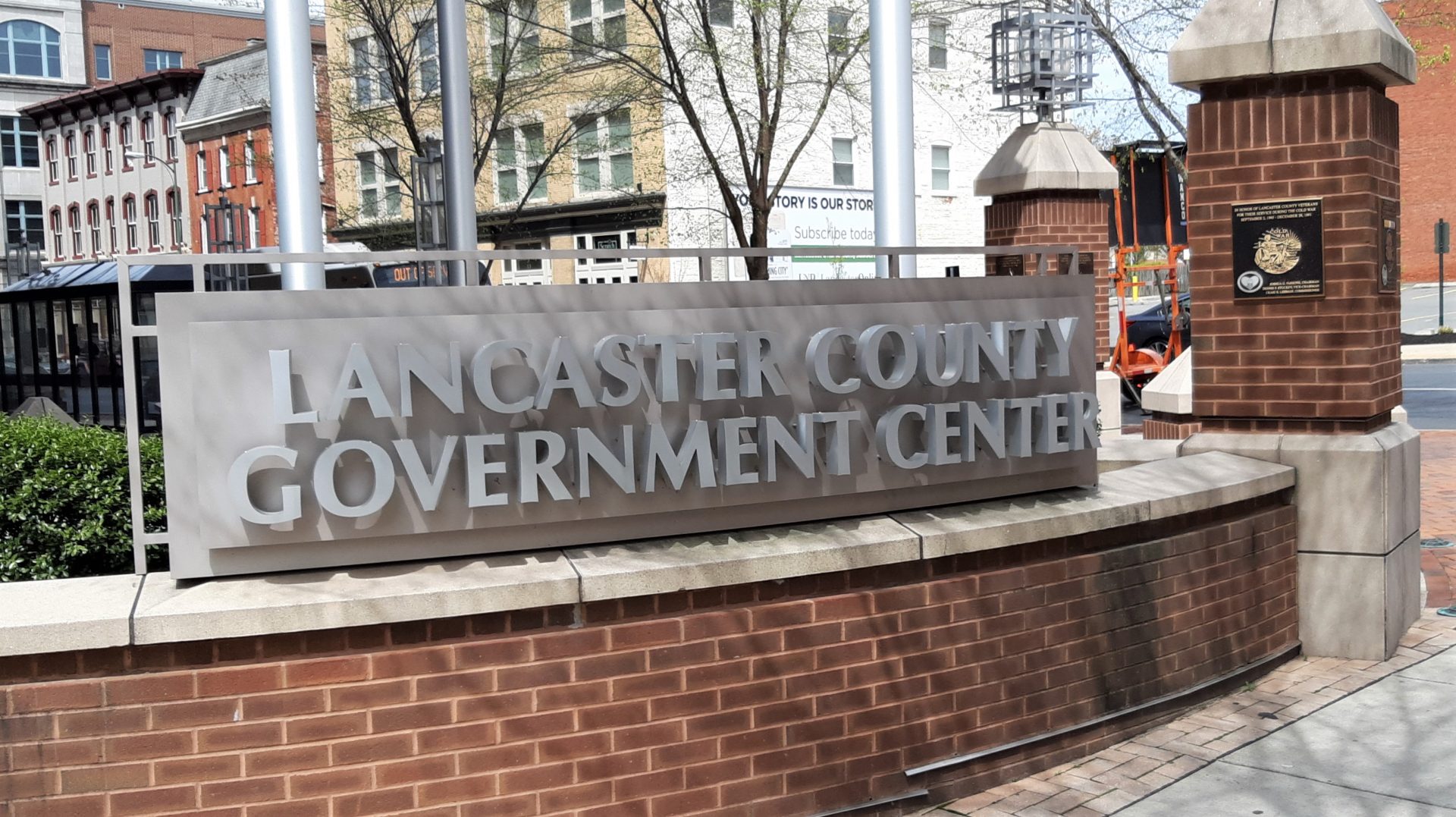The Lancaster County commissioners on Wednesday signed off on a framework for a second round of community American Rescue Plan Act grants.
It calls for allocating $6 million, the amount proposed earlier this month by Commissioner Ray D’Agostino. However, the three commissioners agreed to treat the amount as an approximate target, rather than an absolute not-to-exceed cap.
For more information
Lancaster County’s guidelines and application form for its second round of ARPA community grants are available on the ARPA section of its website. The application deadline is Aug. 31.
Commissioner John Trescot had suggested that the upper limit be flexible. He has also been urging that it be higher, suggesting on Wednesday a target of $8 million, or a range of $5 million to $8 million.
In Trescot’s view, the county has been taken undue advantage of ARPA’s “revenue replacement” rules to pad its reserves, even though its revenues remained stable through the pandemic. That’s money that could be better spent on long-term community investments, he says.
D’Agostino and Commissioner Josh Parsons agreed that having a little wiggle room around the amount made sense. They balked, however, at going above $6 million.
They said bolstering the county’s finances through “revenue replacement” allocations serves the interest of all county taxpayers, allowing county government to hedge against inflation and meet its obligations — including the funding of a new prison and other capital projects — without raising taxes.
Applications for ARPA grants will be accepted on a rolling basis through Aug. 31. They will be reviewed by the county’s ARPA committee; and other county entities may be involved as well. In the first round of ARPA grants, the Lancaster County Redevelopment Authority reviewed the applications for affordable housing and the county Planning Department reviewed those for municipal infrastructure.
The committee will then make recommendations to the commissioners, who have final say on any allocations.
This round is expected to be the final one. The first round yielded more than $22 million in grants to 41 entities, including municipalities, municipal authorities and nonprofits.
911 system upgrades
Earlier in Wednesday’s meeting, the commissioners approved spending $9.7 million in ARPA funds on communications and IT infrastructure.
Most of it, $9.3 million, will fund an upgrade of the radio equipment on the towers that serve the countywide 911 emergency communication system.
Parsons pressed Michael Weaver, director of County-Wide Communications, questioning if the county’s police, fire and ambulance agencies had been apprised of the plans and were supportive.
A contract this large deserves thorough review, Parsons said, especially given complaints from emergency responders in past years about the county’s radio system and compatibility issues. He suggested postponing the vote.
Weaver assured the commissioners that all the agencies that use the system “are well aware” of the upgrade plan and endorse it. It will improve functionality for them, he said, and it’s backward compatible, so they will be able to continue using the radios they have now, and will continue to have a range of compatible equipment vendors to choose from when they upgrade.
Delaying the vote might result in a higher price, he said: The offer from vendor Tait North America is only good through June 30; Tait adjusts its prices every July 1, the start of its fiscal year.
Purchasing Director Linda Schreiner said her department reviewed the contract terms and favors moving forward. Reassured, Parsons joined his colleagues Trescot and D’Agostino to unanimously approve the expenditure.
Besides the 911 tower upgrades, the vote provides $356,692 from ARPA for three IT projects: A fly-over to provide countywide high-resolution digital imagery for Lancaster’s Geographic Information System; the replacement of data switches in the county’s data center; and license fees for the Zoom online meeting service.






